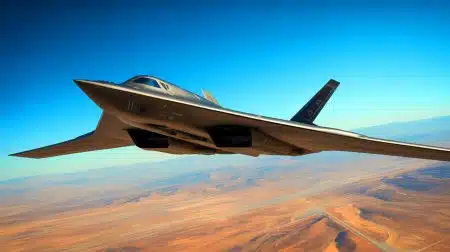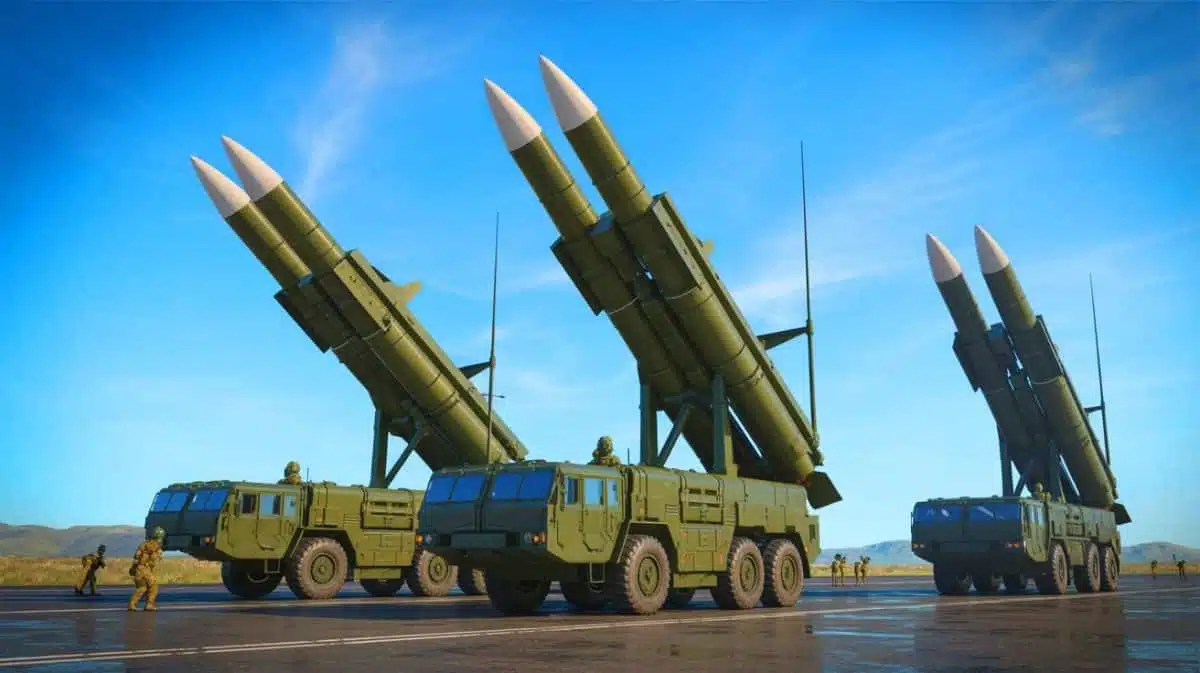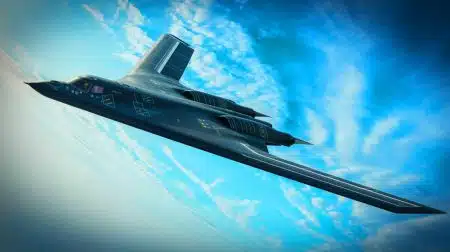| IN A NUTSHELL |
|
The United States Army is on the brink of a technological leap with the deployment of the second ‘Dark Eagle’ hypersonic missile battery. This advanced weapon system represents a significant strategic enhancement, capable of reshaping military engagements. As the world observes, the anticipation is palpable, with the new battery scheduled to join the first operational unit in 2026. By leveraging cutting-edge technology, the U.S. aims to maintain a strategic advantage, ensuring its forces remain formidable on the global stage. This initiative is not just about military might but also a testament to the relentless pursuit of innovation.
Dark Eagle Rises
The Dark Eagle missile system is an impressive display of military engineering. Each battery comprises four mobile launchers, known as Transporter Erector Launchers (TELs), each capable of carrying two missiles. These launchers are mounted on mobile trailers, enabling them to reposition swiftly post-launch, thereby evading potential counterattacks. The inaugural battery was strategically placed at Joint Base Lewis-McChord in Washington state, operated by the 5th Battalion, 3rd Field Artillery Regiment, within the 1st Multi-Domain Task Force.
This task force is pivotal in merging cyber, space, air, sea, and land capabilities into a cohesive operational front, particularly within the Indo-Pacific theater. The Hypersonic Glide Body (HGB) is the warhead of choice, launched via a ground-based rocket. Unlike conventional missiles, these glide bodies travel at hypersonic speeds after reaching the upper atmosphere, maneuvering unpredictably to avoid detection and interception. This unique capability allows them to fly beneath the radar coverage of traditional ballistic missiles, enhancing their effectiveness and survivability.
The ‘Goldilocks Zone’
One of the most intriguing aspects of the Dark Eagle is its ability to operate within what the U.S. Army refers to as the ‘Goldilocks zone.’ This zone represents an ideal operational space where the missile can deliver more impact than tactical options like ATACMS, yet remain more adaptable than larger strategic missiles. Its design allows it to effectively neutralize air defenses, missile sites, command centers, and logistics hubs, making it a versatile tool in the U.S. military arsenal.
Operating within A2/AD (Anti-Access/Area Denial) zones, the Dark Eagle provides U.S. commanders with a first-strike capability. This means striking swiftly and powerfully to prevent the escalation of conflicts. As a mobile and nearly invincible hypersonic weapon system, it ensures the U.S. Army can conduct operations rapidly, deeply, and decisively against adversaries, even in heavily fortified regions. The Dark Eagle is poised to become a cornerstone of future warfare, where speed, precision, and adaptability are paramount.
Strategic Implications and Future Prospects
The introduction of the Dark Eagle missile system carries profound strategic implications. It not only strengthens the U.S. military’s offensive capabilities but also serves as a deterrent against potential adversaries. The ability to strike with unprecedented speed and surprise makes it a formidable tool in the prevention of large-scale conflicts. By maintaining technological superiority, the U.S. ensures its strategic interests are safeguarded.
As the world enters an era of rapid technological advancements, the role of hypersonic weapons like the Dark Eagle becomes increasingly significant. The potential for these systems to redefine military engagements is vast, influencing not only tactical decisions on the battlefield but also geopolitical dynamics. With the deployment of the second battery, the U.S. is setting the stage for a new phase in defense strategy, one that prioritizes rapid response and strategic flexibility.
The Path Forward: Challenges and Opportunities
Deploying such advanced systems is not without its challenges. Ensuring operational readiness, maintaining security protocols, and addressing logistical concerns are all critical components of the deployment process. However, the opportunities presented by the Dark Eagle are equally substantial. It offers a chance to integrate new technologies and strategies, setting a precedent for future military innovations.
Moreover, the development and deployment of hypersonic systems may drive further advancements in related fields such as aerospace engineering, cybersecurity, and defense systems. As nations worldwide pursue similar capabilities, the U.S. must continue to innovate to maintain its edge. With the second Dark Eagle battery on the horizon, what new challenges and opportunities will this herald for global military strategies in the coming years?
Did you like it? 4.4/5 (23)








How will the deployment of the Dark Eagle affect US relations with Russia and China? 🤔
Isn’t investing in hypersonic missiles escalating an already tense global arms race?
What are the potential risks of such advanced technology being compromised? 🤔
Hope this doesn’t lead to another Cold War! 😬
Thank you for the detailed article. It’s both fascinating and terrifying!
How do these missiles compare to Russia’s hypersonic arsenal?
Can the Dark Eagle be intercepted once launched, or is it truly invincible?
Interesting read! But are we focusing enough on peace-keeping efforts?
Wow, Mach 5 speed! Does that mean it can travel around the world in minutes? 🚀
Does the public get a say in the deployment of such weapons?
This is a great leap for technology, but at what cost to humanity? 🤷♂️